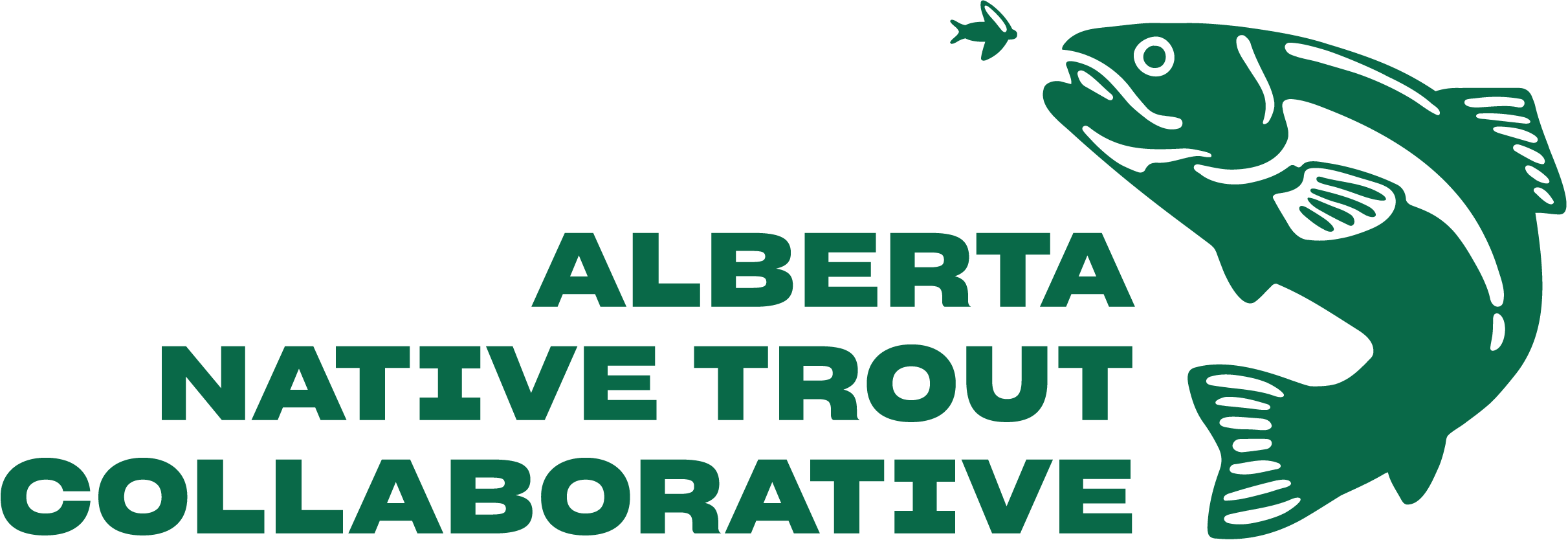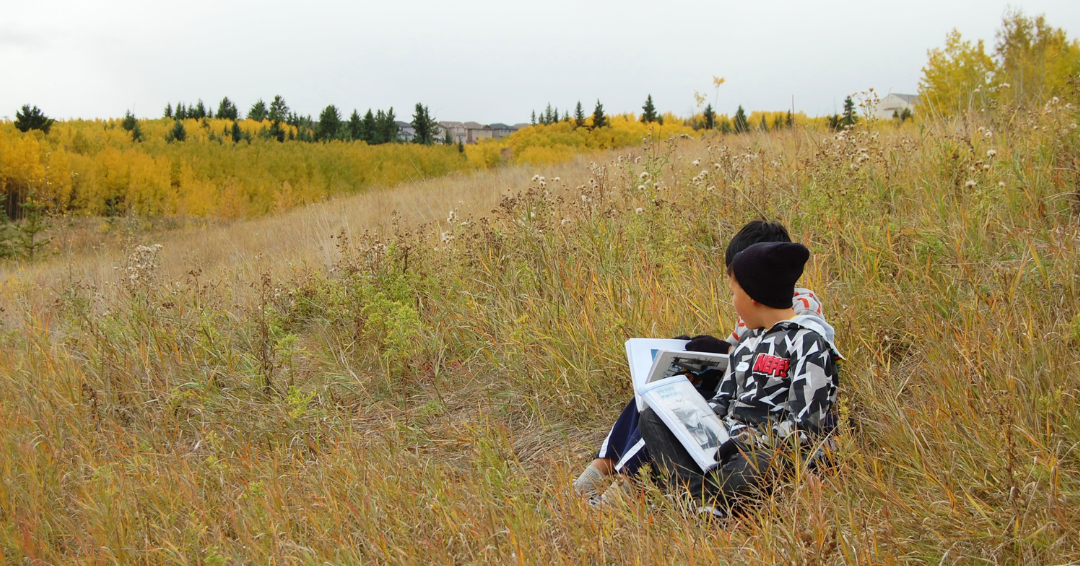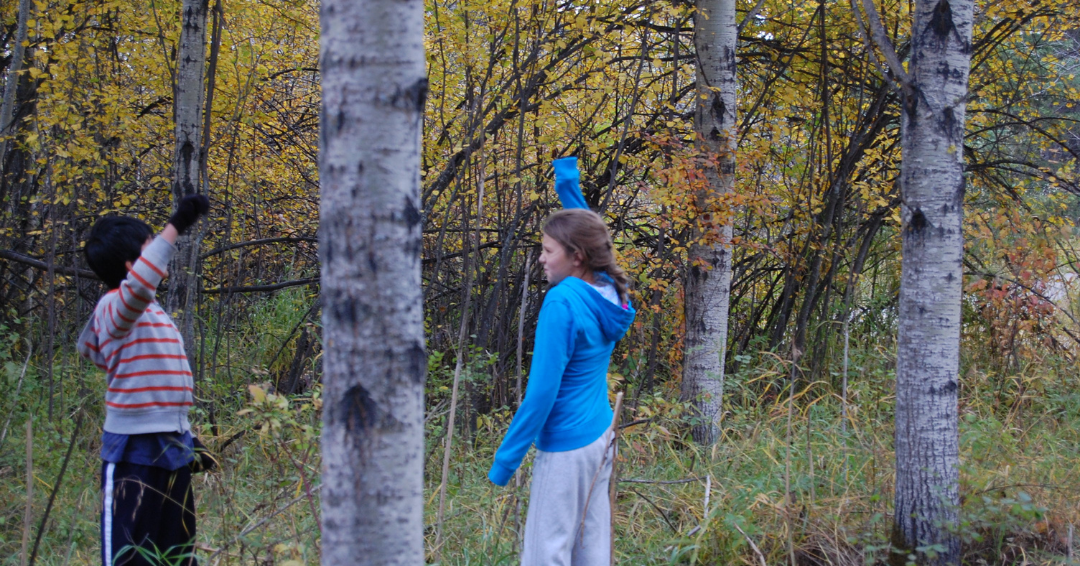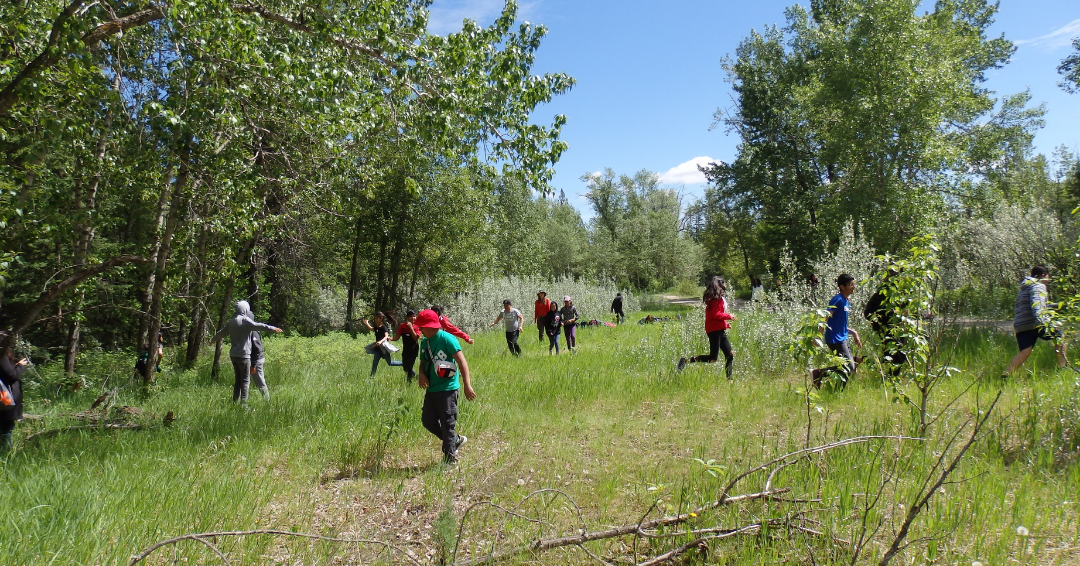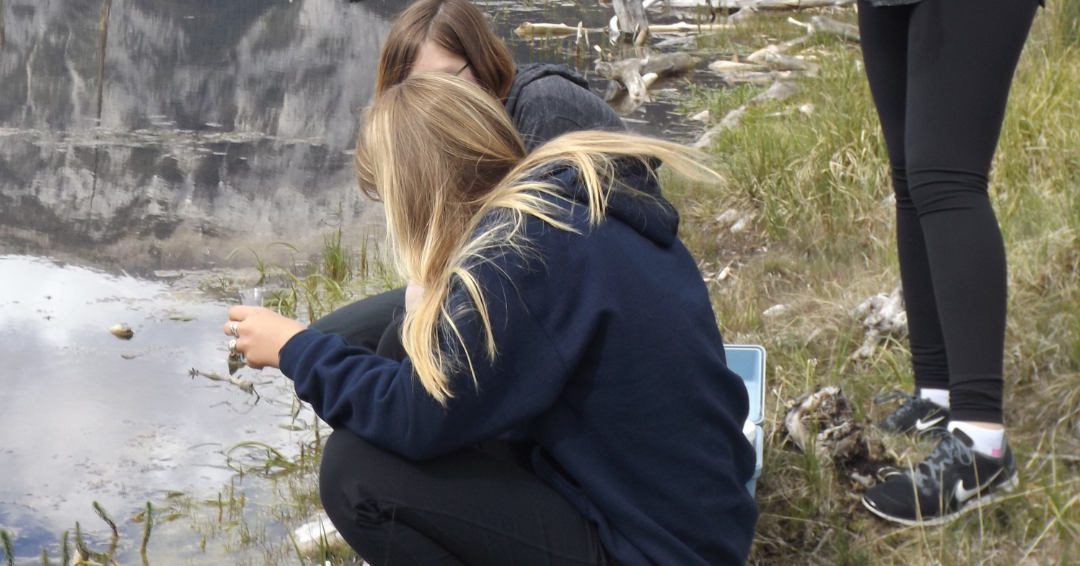Find a good hiding spot so you don’t get eaten by a bigger fish!
PURPOSE
In this game of camouflage, participants will learn about basic animal needs and discover why trout build redds (nests) to lay their eggs.
RECOMMENDED GRADES
Grades K-8
TIME NEEDED
20 minutes
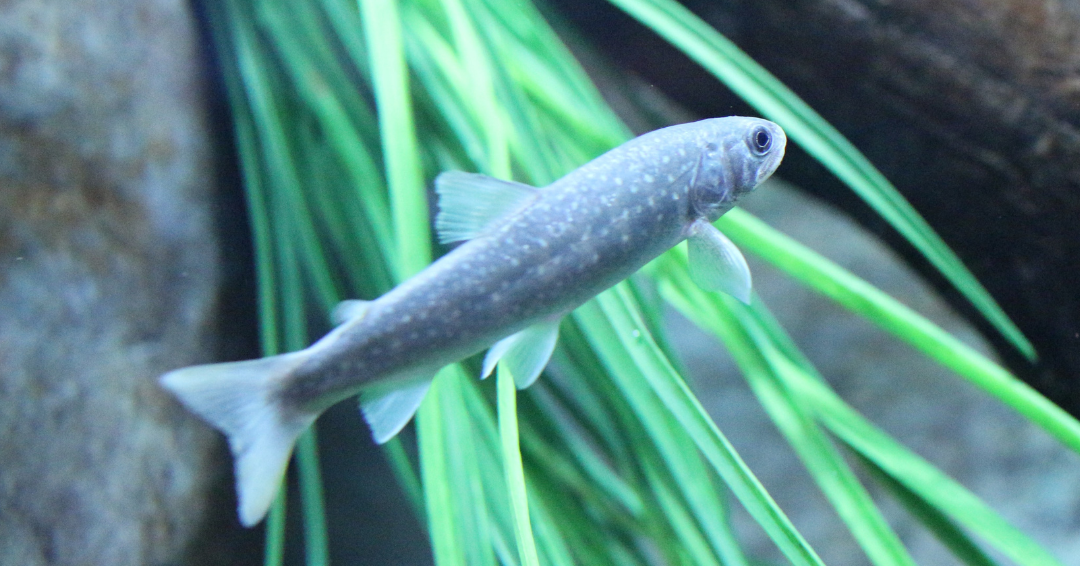
Curriculum CONNECTIONS
Matter & Energy (K, Grade 3)
Earth Systems (K, Grade 1, 3-6)
Living Systems (Grade 1-3)
Interactions & Ecosystems (Grade 7)
Fresh Water and Salt Water Ecosystems (Grade 8)
MATERIALS NEEDED
AV equipment to show a short video.
A natural space with hiding spots.
A natural space with hiding spots.
Instructions
- Discuss what trout need to survive (water, food, space, shelter).
- Learn more about these needs here: Healthy Trout Habitats
- Discuss native trout species, their lifecycle, and the building of redds (more information can be found in the activities linked above).
- In this game, participants will be playing as bull trout eggs hiding in their redd. Another native species, mountain whitefish, are also carnivores/consumers. They have small mouths and mainly eat small prey including aquatic insects, mollusks, fish eggs, and fry (baby fish). In this game of camouflage, the mountain whitefish will be eating the bull trout eggs.
- Designate 1-3 people as mountain whitefish (predators) and everyone else as an egg.
- Make a game playing area (adults stand on boundaries facing in).
- The eggs go into a designated area to hide as the whitefish close their eyes and count down from 30.
- After counting, the mountain whitefish open their eyes and look for eggs (prey). If they see someone, they can call out the person’s name/color of clothing.
- When the instructor says “habitat freeze please” the predators close their eyes. Give a threat to the habitat (drought, habitat loss, pollution, climate change, etc.) and the boundaries (adults) move in a certain number of steps. For older age groups, sub in participants that have been caught to identify and call out habitat threats.
- The eggs have to find a new hiding spot within the new boundaries in a certain number of seconds (5/10/15/20, etc.)
- With each new boundary reduction, you decrease the amount of time they have to hide. The whitefish count down with their eyes closed and open them when they finish counting.
- The game ends when most or everyone is caught.
Discussion:
- Discuss why trout build redds and why they lay so many eggs. Do all the eggs hatch and survive to adulthood?
- Review the ways that humans can positively and negatively impact native trout. The resources below dive deeper into these topics.
Extensions:
- Learn more about threats to native trout in this short video: Threats to Alberta's Native Trout - YouTube.
- Learn more about healthy trout habitat with this short video: Native Trout are an Indicator of Watershed Health.
- Discover ways that anglers, ranchers, off highway vehicle (OHV) users, hikers, and campers can support native trout recovery through our interactive tool Stand Up For Alberta's Native Trout. Dive in deeper with Stories from the River.
- Learn about the Alberta Native Trout Collaborative's efforts to rehabilitate native trout habit with this StoryMap: Rehabilitating Native Trout Habitat in Alberta.
Detailed Curriculum Connection
This activity is courtesy of the
Alberta Native Trout Collaborative
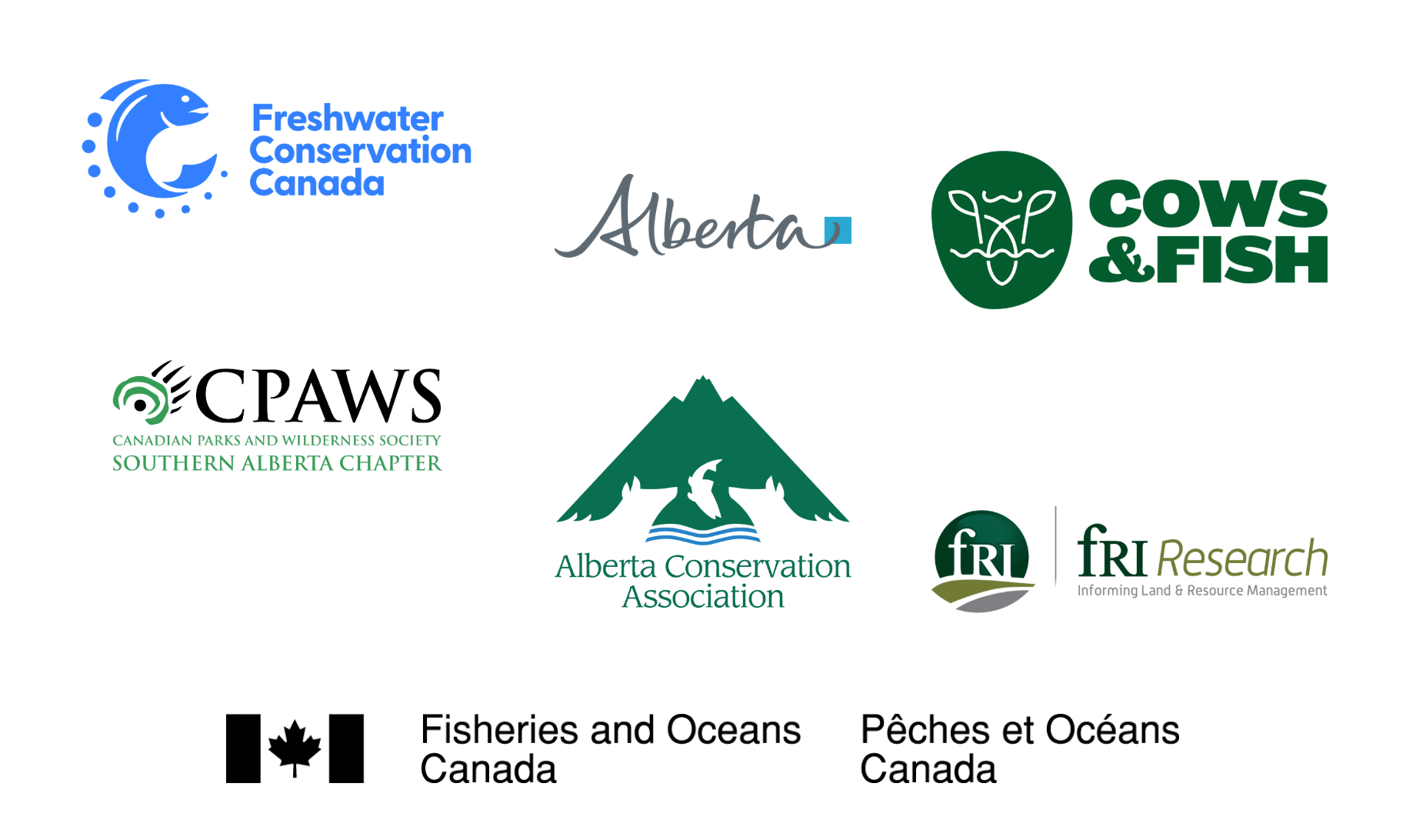
Learn more at albernativetrout.com
